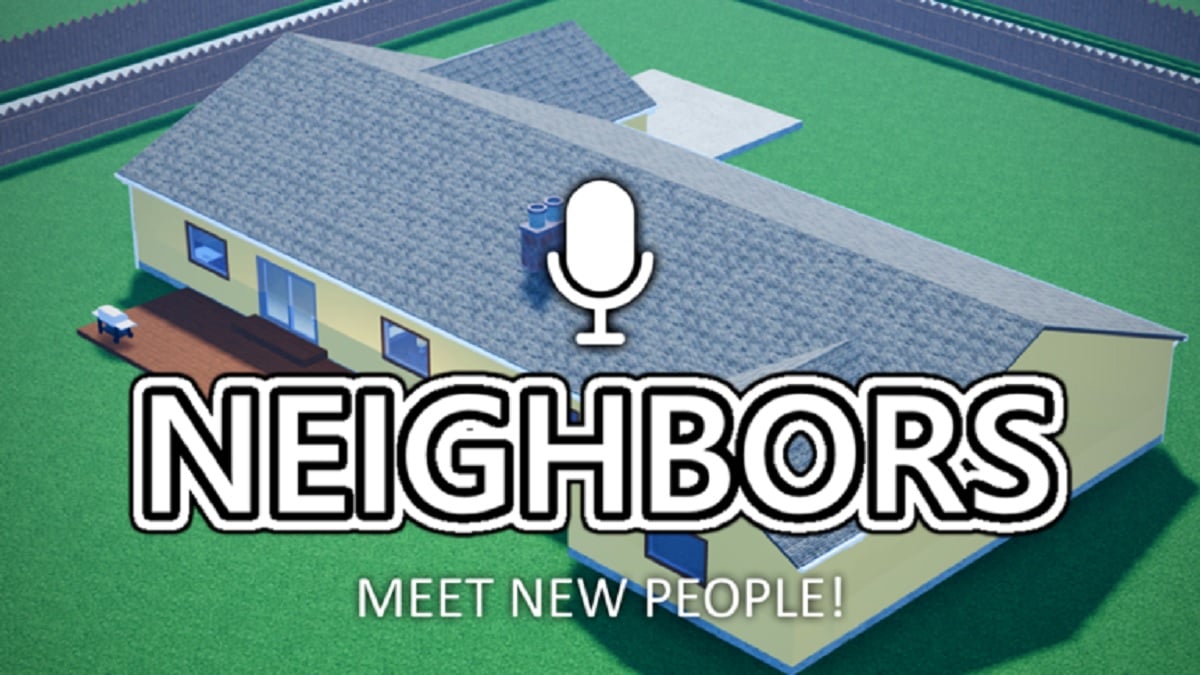Dr. Langeskov, The Tiger and the Terribly Cursed Emerald: A Whirlwind Heist on PC
It might be ironic to say that a game with a title as exhaustive as Dr. Langeskov, The Tiger and the Terribly Cursed Emerald: A Whirlwind Heist leaves you speechless, but it does. It feels like the product of a one night stand between The Stanley Parable and Portal, two amazing games, that blossomed into something with some of the best traits of both.
Without spoiling much, it is very necessary to compare this game to William Pugh’s other most notable work, The Stanley Parable. The similarities are just too prominent. You walk around, you push buttons. You generally avoid playing an actual game and do everything else. You have a British narrator who is bossing you around, you obey or disobey. Havoc ensues. You got this same kind of experience playing through The Beginner’s Guide, created by David Wren who is also of The Stanley Parable fame. For those of you who haven’t played it yet, it is well worth picking up, but that of course isn’t why we’re here.
The similarities between these three games are numerous. Among those stated above, you have a type of backstage quality to all of the games. In The Stanley Parable, one path brings you to a level that the narrator says is incomplete, with unfinished textures all over. The Beginner’s Guide is all about game development, and does things such as showing you the levels broken down to a less playable state. Dr. Langeskov takes this to an extreme degree, showing you literally in the backstage of a game in the same sense that you would be backstage of a play. A unique take, and one it embraces wholeheartedly.
Where these games differ is tonally. The Stanley Parable had an amusing blend of philosophy and humor, questions and comedy, feelings of irrelevance and boarded up broom closets. If The Beginner’s guide can be accepted as taking the philosophical aspect and expanding upon it, Dr. Langeskov then takes to the comedic side, focusing more intensely upon the humor of the situation. Comedian Simon Amstell’s interactions with the player are core to this. “You’re breaking my heart,” he says in a half sob imploring you to push a button, or pull a lever, or flip a switch, or answer the telephone and not just lift it and drop it back on the receiver.
And while there is a necessity of comparing it to The Stanley Parable, there is a lot more going on in this game than some kind of formulaic copy. The banter and confusion of Amstell’s stage director definitely invokes the character of Wheatley from Portal 2. You can’t help but recall the moronic blue core when the stage director tries to guide you through a series of inputs, failing in a fantastic manner. There is not a hint of the omniscient menace that was found in the narrator of The Stanley Parable. Instead you get the image of a bumbling, overworked man attempting to cope with the unexpected. It takes the seeming omnipotence of The Stanley Parable’s Narrator, and inverts it. Many times the stage director begs you to listen to him. His crew has abandoned him yet you have the power to keep things running. He needs you. This is where it diverges from its predecessor.
The game is short, only about twenty minutes long, and strangely linear considering Pugh’s past work, You don’t really get to chose to go through the door on the right, so to speak, since the doors are opened remotely by the stage director, and everything else is locked. Similarly, when you do come across a button or a switch other than the ones you are pointed to, they don’t really do anything. There will be a momentary freak out, some concern in the voice of the stage director, before he assures you everything is alright. It is satisfying at first, but later not so much. Your only real choice is passive disobedience. Do or do not. It doesn’t get much more complex.
But while it is just one story, there is a lot of details contained within that story. Wandering around, you find sticky notes, invoices, forms, and other tidbits, which all do a lot to add to the game in the same way Ratman’s messages added to the Portal series. This means that despite only being about twenty minutes long, the game has all of the hidden aspects that built many popular indie games cult followings. The only thing gamers like more than a good indie game is a good indie game open to speculation.
And while one could call it very derived from The Stanley Parable and the Portal series, that wouldn’t be entirely true, because those two games are very distinct. Bringing them together, taking the tone of one and placing it in the domain of the other, is what Dr.. Langeskov: The Tiger and the Obnoxiously Lengthy Title attempts, and it succeeds. It will make you laugh, it will leave you gleeful in defiance, and it will leave you strangely afraid as it ends (You will know why when you get there).
There will always be an appeal to rebellion, a desire to push the big red button, and that is what The Stanley Parable lived on, and that is what this game follows up on. While it does not pretend to be as haughty as its predecessor, or as convoluted, it is strong enough to stand on its own right, do its own thing, and laugh at itself. This game is sure to find itself in the spotlight very fast. There is just too much about this game that is likable for it to remain hidden for long.







Published: Dec 4, 2015 07:09 pm